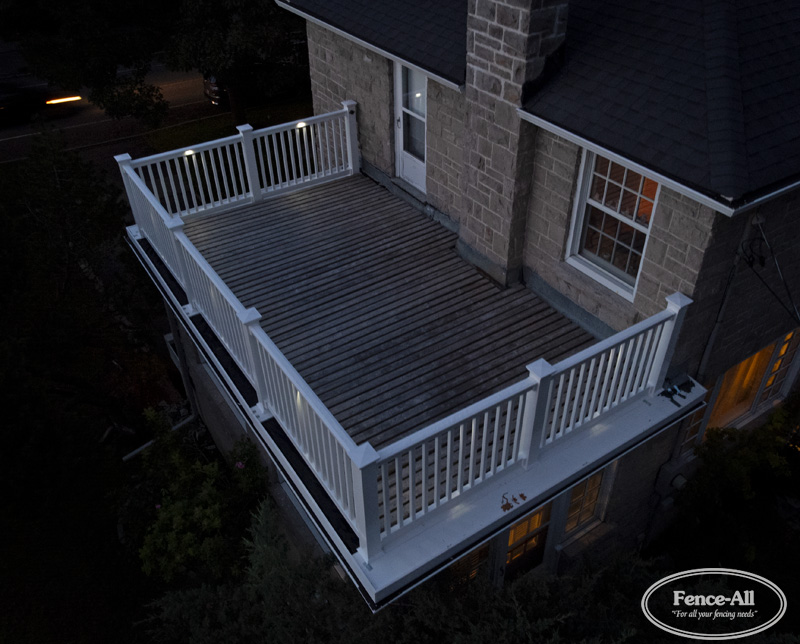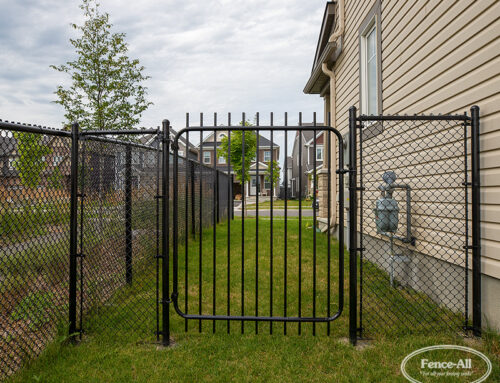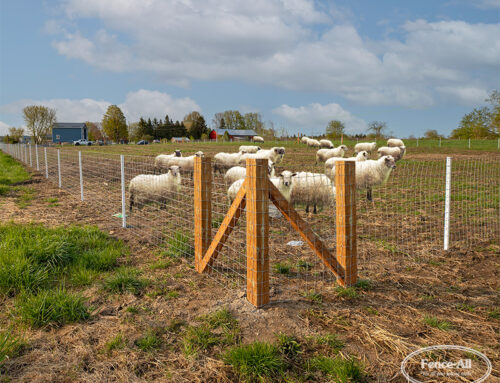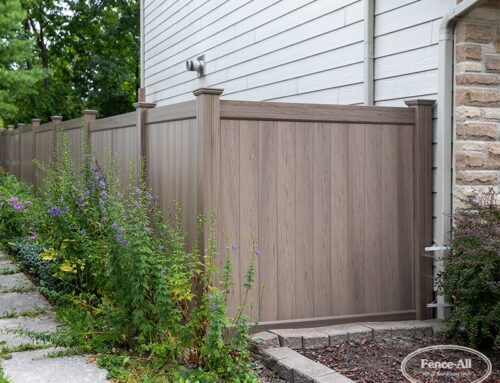Railings may seem like a relatively small detail, but they play a major role in both safety and style—especially when it comes to the differences between indoor and outdoor spaces. Interior and exterior railings each face unique demands, and their design reflects that.
Weather isn’t a Challenge Indoors
Interior railings are often designed to complement the surrounding decor. Whether it’s a sleek metal railing for a modern staircase or a classic wooden bannister in a heritage home, indoor railings lean heavily on style. Because they’re protected from the elements, designers have more flexibility with materials like painted wood or wrought iron without worrying as much about weathering.
Built to Withstand the Elements Outdoors
Exterior railings, on the other hand, are all about durability. Canadian weather—whether it’s heavy snow in winter or UV exposure in summer—can be harsh. That’s why exterior railings are typically made from weather-resistant materials like powder-coated aluminum, vinyl, composite, or softwood. Safety is also a top priority, especially on elevated decks or staircases, so these railings are designed to be especially sturdy.
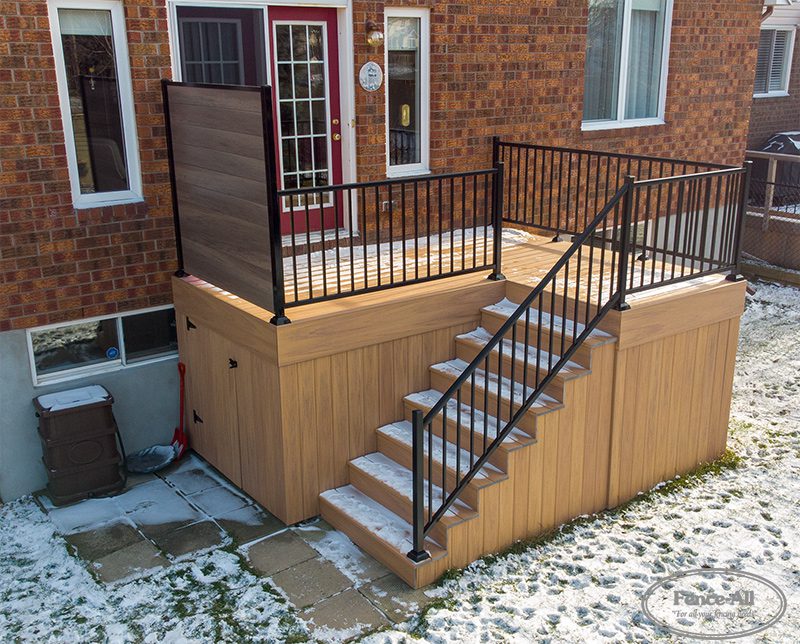
Outdoor railings are built to last in all kinds of weather.
Key Differences at a Glance
- Materials: Indoors favours variety and style; outdoors demands weather resistance.
- Maintenance: Interior railings need less upkeep.
- Code Requirements: Both types must meet building codes, but exterior railings usually have stricter structural requirements due to safety risks.
More questions about railings? Give us a call at (613) 736-1122. We’re happy to hear from you!
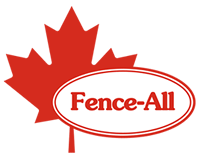
“For all your fence, deck, and railing needs”

